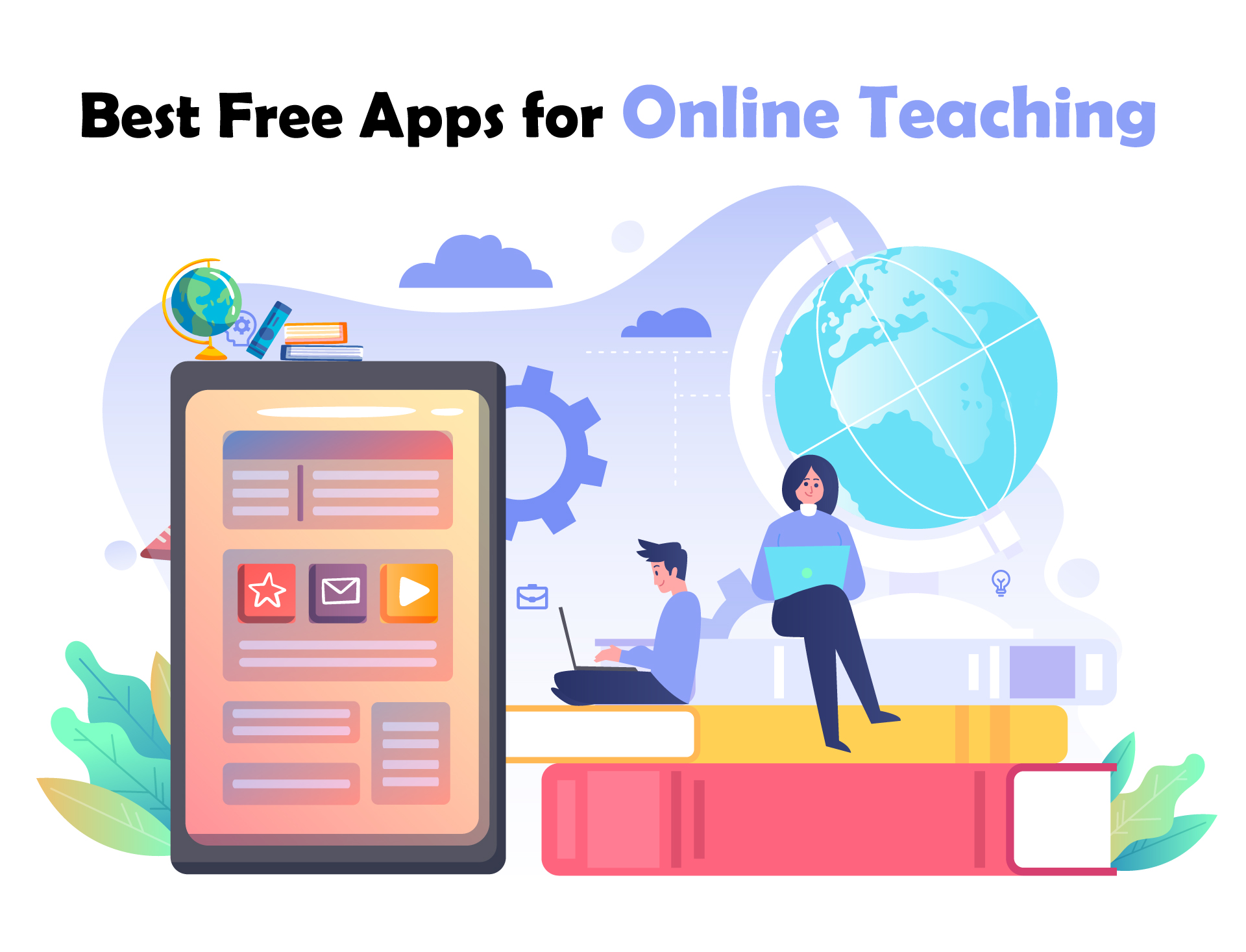Categories(658 Blogs)
Select Category
Watch Right Now
Teacher App - Class
Schedule & Attendance Management App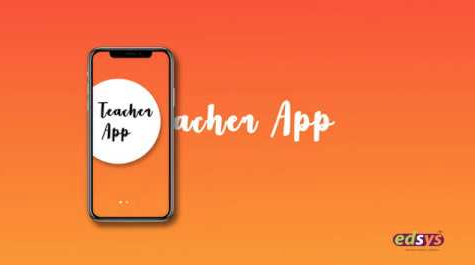
Parent App from Edsys

Best School Bus Tracking System
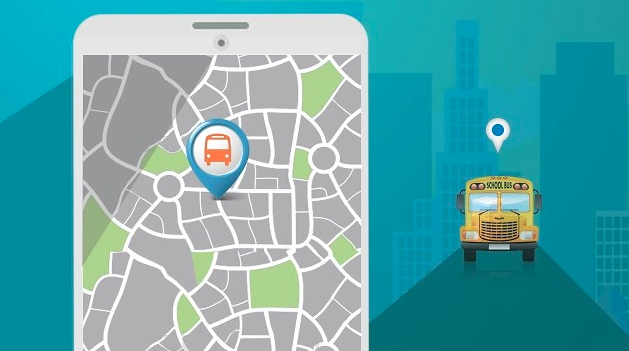
Cashless School - For Smart Schools of Tomorrow
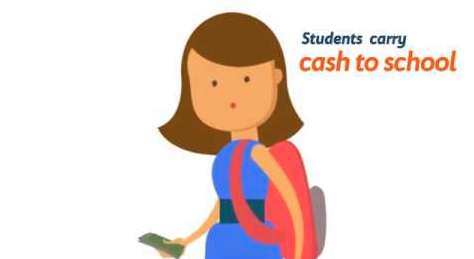

Flipped Classroom: An Overview with Pros, Cons and Sample Activities
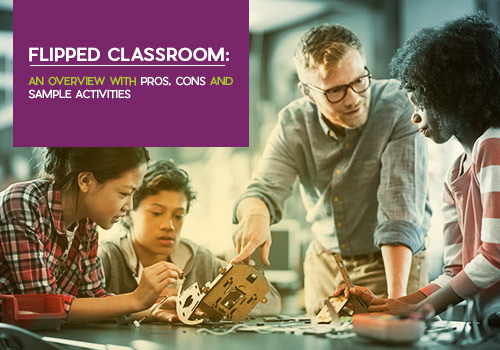
A Flipped Classroom!
You might wonder what it is all about.
As a student, you can vouch for the number of instances when your classmates or teachers caught you gazing into the space while the lecture was in progress. Stemming from the usual pattern of tutoring which mainly focused on class lectures and completing projects as part of homework, exam time left you to study the printed and written material all on your own. Amidst all this, you merely became an audience to the lectures without actually participating in the learning process.
Setting the standards for an active learning, now is the age of a flipped classroom that has revolutionized the concept of learning.
The name says it all!
Identified as a fast-growing trend in the sphere of education, a flipped classroom is an educational model that brings with it a number of advantages. It is a modern tutoring model that brings in a great deal of “student engagement” and participation coupled with interactions between students. Promising a great deal of student-lecturer interaction, it is through the practice of a pre-class activity that is a highlight of this teaching format.
The Concept of Pre-Session Activities
Apart from the basic paradigm shift in the way knowledge should be imparted, a flipped classroom makes the most of state-of-the-art technology. Operating with a primary goal to increase the learning capabilities of a student, this form of education is one of its kind. Moving away from the conventional classroom model, a flipped classroom session gives a lot of importance to the way in which students spend their time in the class. And this is facilitated through a series of short online lectures which are posted by instructors. These online video posts ultimately serve as study material for students to learn from, as part of their homework.
This pre-session activity is the major determinant for the uniqueness of a flipped classroom. The next day in class is spent discussing the contents of the video. Student interactions are the norm of this pattern of learning when they begin to help each other in their quest for knowledge through different practice exercises, supported by discussions and project work. Simply put, this is a novel format of education when the homework is flipped with classwork. Hence the name. Students get to listen to the lectures at home and work on their study material through collaborative project works and assignments, while in class.
Having understood the basic premise of a flipped classroom format, let us now move on to the advantages and disadvantages of such creative classrooms ideas.
Benefits
1. Study at your own pace
Control over your learning process is the top most advantage of a flipped classroom session. Going by the primary understanding that it takes all types of students to make up a class, there can be slow learners who will be struggling to keep pace with those that can understand a concept at the first go. The short video lectures allow you to learn at your own pace. Choosing to pause, rewind and replay a lecture is a welcome move to active learning. Allowing you the time to jot down your inferences about the subject matter, you can also make a list of your queries that can be answered by your instructor during your classroom session.
2. Focuses on student engagement
Signing up for a flipped classroom session can become a wise move when you can effortlessly master your skills through mutual interactions between your classmates. And for any support, the instructor is always ready to offer assistance. This way, you will gain confidence in the subject when the one-to-one interactions can help you face your mistakes in thinking or applying a concept that was earlier discussed.
3. Online content – A boon to worried parents
It is not only you as a student who can make the most of the online content. Your parents who will also have the round-the-clock access to your study material can pitch in for your help. The online content works wonders during testing times when you are unable to attend a class due to sickness. This makes it the most efficient and student-friendly mode of learning.
Drawbacks
1. Economic status will have the last laugh
Not everyone is lucky to avail the benefits of the internet. Students coming from low-income families and those who reside in villages are far away from technological innovations. Hence, this form of tutoring cannot work for rural setups dampening their hope of realizing big dreams of active learning.
2. Increases the workload of faculty
Collating pertinent information from the internet and condensing it in the form of an online lecture can be a daunting task for teachers. Demanding a lot of their time and efforts, there can be instances when the teachers have to be taught about the nuances of uploading online videos as part of the pre-activity sessions.
3. Resistance from students
As quoted earlier, a class is made up of different types of students with varied abilities of grasping subject matter. In that context, a student who is an introvert chooses to stay mum and would resist the in-class interactions. Another disadvantage in the same line is that this form of learning does not guarantee that the student has completed his pre-activity session at home.
4. Lack of a universal platform can create problems
Commonly, most of the instructors use free online tools to record and upload their videos. This can cause integration problems when students who use different systems will find it difficult to access such videos.
Sample Activities That Will Help You Watch, Think, Go Deeper and Finally Master the Subject
These are activities that help students address their in-class problems. Encouraging discussions with peers, the lecturer does is provide valuable feedback about concepts that were misunderstood.
2. A large class has the opportunity to engage in what is called as a “Think-Pair-Share” activity.
The “Think” part of the activity is all about brain-storming. Students begin to work on their own to enlist their understandings and arguments in writing. The “Pair” phase, as the name specifies helps one student team with his/her partner. Finally, the “Share” part brings into the picture the instructor who will collate all the information from different teams of the class. Followed by a series of prolonged discussions between the various teams, students ultimately get a hang of various approaches to understand the concept as a consensus coming from the entire class.
3. Word Webs / Concept Maps
This can be an individual or a group activity making use of what are called as Concept Maps. Essentially meant to strengthen the understanding about “out of class” topics, this activity also helps you establish a relation between different topics. Mapping theories and concepts, the use of visual aids help you to arrange them as per various themes. This exercise helps you bridge any gaps in understanding as part of active learning.
Calling for a great deal of effort and dedication on part of both the teachers and students, it is through a flipped classroom that students can retain their knowledge. A picture is worth a thousand words! In line with this maxim, students who have access to the audio-visual tools of learning will enjoy every minute of their learning process. They can also make the best use of student-teacher interaction completing their study as part of their homework and discussing the concepts in class so as to extract the best out of their faculty; while in class.
Recent Blogs
Our Educational Services
Popular Blogs
Subscribe

SUBSCRIBE TO OUR NEWSLETTER
Sign Up and Recieve the Latest News
Don’t Worry, We Don’t SpamExplore Our Extensive Researched Educational App Directory
Visit Now









